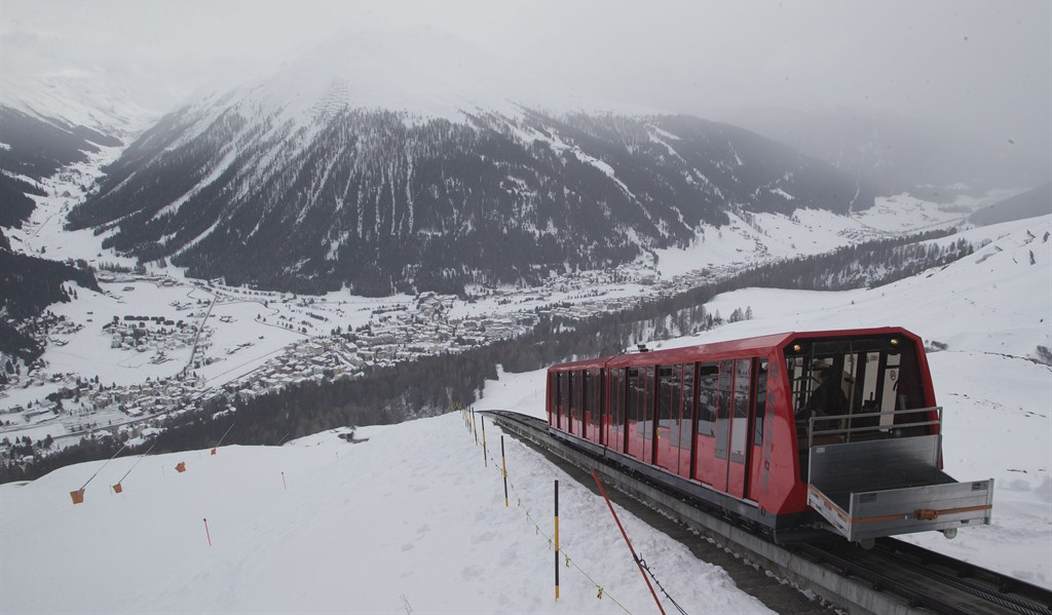Throughout history, countries have redrawn borders for various reasons. Following WWI, many borders throughout Europe were reshaped and countries were created. Before Turkey was its own country, it was part of the Ottoman Empire. When the Soviet Union dissolved, Ukraine, Estonia, and many others became independent.
Now, two countries in Europe will redraw part of their border, but not due to a war or the collapse of an empire.
This month, news broke that Italy and Switzerland would redraw a portion of their shared border in the Alps. Reportedly, this is because the glaciers that mark the boundaries between the countries are melting.
The two countries will redraw the border under the Matterhorn Peak, one of the highest summits in the mountain range. This is adjacent to a ski destination.
“Significant sections of the border are defined by the watershed or ridge lines of glaciers, firn or perpetual snow,” the Swiss government said in a statement obtained by Bloomberg. “These formations are changing due to the melting of glaciers.”
Recommended
“With the melting of the glaciers, these natural elements evolve and redefine the national border,” the Swiss government said in another statement on Friday.
Switzerland approved changes to the border on Friday. Italy is expected to do the same (via BBC):
Statistics published last September showed that Switzerland's glaciers lost 4% of their volume in 2023, the second biggest loss ever after 2022's record melt of 6%.
An annual report is issued each year by the Swiss Glacier Monitoring Network (Glamos), which attributed the record losses to consecutive very warm summers, and 2022 winter's very low snowfall. Researchers say that if these weather patterns continue, the thaw will only accelerate.
Reportedly, this follows a draft agreement by a joint Swiss-Italian commission back in May 2023. The Swiss-Italian boundaries that will be changed are in the region of Plateau Rosa, the Carrel refuge and Gobba di Rollin.
According to The Washington Post, Venezuela lost its last glacier earlier this year. New Zealand has lost at least 264 glaciers, and the western United States has lost about 400 glaciers since the middle of the 20th century.

























